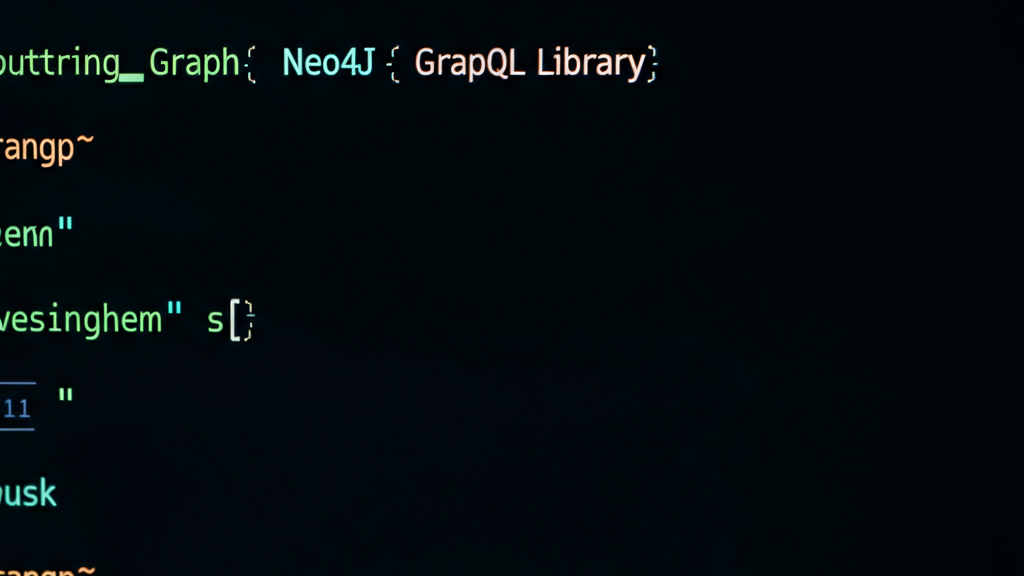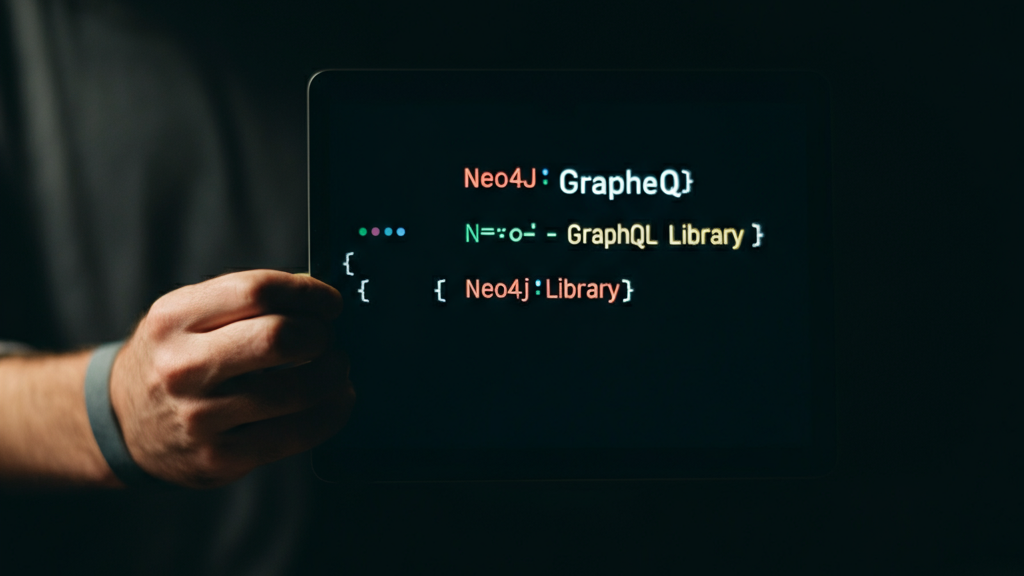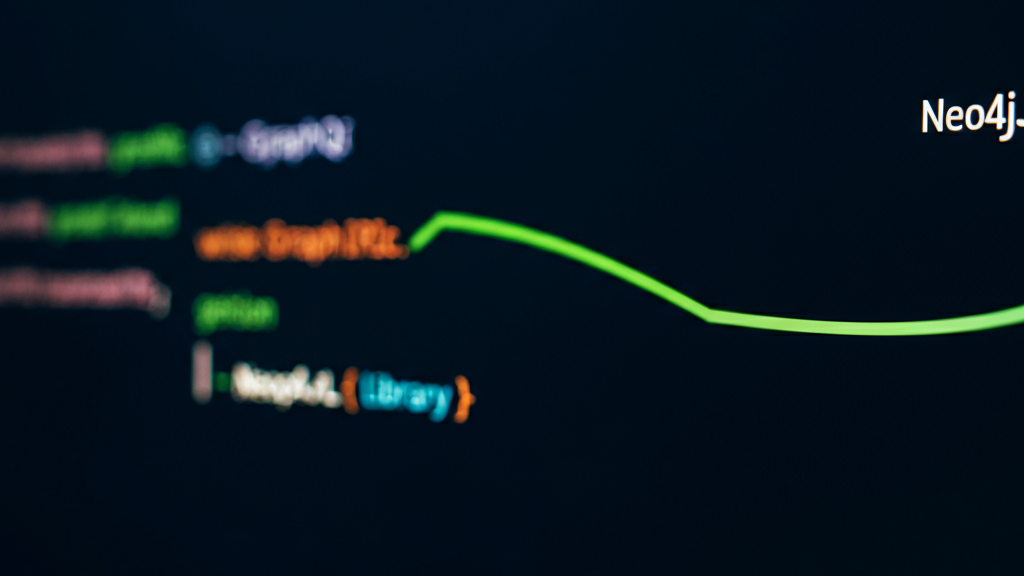Putting The Graph In GraphQL With The Neo4j GraphQL Library
Data researchers, developers, and tech-savvy innovators constantly search for ways to increase efficiency, but without compromising the scale. Check out this tool, the Neo4j GraphQL Library, an application that connects all the different graph databases using GraphQL seamlessly. When it comes to managing complicated data relationships or developing high-performance software, this library was created to ease your workflow, while also allowing users to take advantage of the most powerful features.
This blog is focused upon everything from basics to the basics of Neo4j GraphQL to advanced use instances, covering the most pressing questions you may have as you progress.
If you’ve ever fascinated by the idea of using Neo4j in conjunction with GraphQL to develop a future project, then you’re in the right place.
What is the Neo4j GraphQL Library?
Neo4j GraphQL Library is an open-source application that connects the graph database of Neo4j with the GraphQL query language. With the assistance of this library, developers can accelerate the integration process of GraphQL APIs directly into Neo4j, and gain its capability to manage complex data relationships easily.
By taking advantage of its advanced features, thanks to its sophisticated capabilities, Neo4j GraphQL Library automates GraphQL functions and creates efficient Cypher inquiries. This is particularly beneficial for modern applications where the data relationships are an important component to the design.
Simply stated: this allows programmers to build graph-based highly scalable apps faster and more efficiently.
Why Pair GraphQL With Neo4j?

GraphQL Vs. Traditional REST APIs
In contrast to REST APIs which typically require multiple endpoints to retrieve the data associated with them, GraphQL allows developers to find exactly what they need by a single query that reduces over-fetching as in under-fetching of data. The capability of GraphQL to retrieve data that is nested and hierarchical is a perfect match for graph-based databases like Neo4j.
Why is Neo4j Perfect for GraphQL Applications?
The core of Neo4j’s architecture is the way in which it displays data as nodes and connections which represent the natural structure for GraphQL inquiries. Think of your fields for query as graph nodes. Connections define their relationships.
This compatibility removes the need to manually map relationship between data sources. Instead, Neo4j easily adapts to GraphQL’s nested query structure and is able to work natively with linked data sources.
The Benefits from GraphQL employing Neo4j:
- Effortlessly Handles Complex Data Relationships
It is not a requirement to join tables or map hierarchies -GraphQL or Neo4j are specifically designed to manage connections in a manner that is easy to understand.
- Enhanced Performance
Neo4j’s Cypher language and GraphQL’s fast queries work together to speed up the time it takes to run queries.
- Rapid Development
With features like automatic CRUD functions, as well as the schema-first design approach developers can focus on developing applications and instead of backend applications.
- Flexibility for Developers and Innovators
It allows you to easily alter schemas, develop custom resolvers, and then incorporate Neo4j’s vast ecosystem.
- Powerful Query Optimization
These queries automatically convert into Cypher which makes the operation more efficient and effective.
Are you curious about how to configure this for the next project you work on? Continue reading.
How to Set Up Neo4j GraphQL in a Node.js Project

The process of getting started using Neo4j GraphQL library is easy and easy. Here’s a step-by-step instruction to get going:
1. Install the Necessary Packages
Then, you need to add the library you need to the project.
“`bash
Install npm @neo4j/graphql install neo4
“`
2. Create a Neo4j Instance
Create an Neo4j database locally or online or use the Neo4j Sandbox to test it fast. Make sure you have your Bolt protocol credentials in your wallet (Host Password, Username and username).
3. Define Your GraphQL Schema
Write a schema using GraphQL type definitions. For instance:
```graphql
{type User Type User
id: ID!
name: String!
posts: [Post] @relationship(type: "HAS_POST", direction: OUT)
}
{type Post Type Post
id: ID!
title: String!
content: String!
}
```4. Initialize the Neo4j GraphQL Library
Download the HTML0 library, and then connect it with the instance of Neo4j
```javascript
const = require("@neo4j/graphql");
const = require("apollo-server");
const typeDefs = `...`; // Your schema here
const neo4j = require("neo4j-driver");
const driver = neo4j.driver(
"bolt://localhost:7687",
neo4j.auth.basic("username", "password")
);
const neoSchema = New Neo4jGraphQL(typeDefs = driver, driver =);
Const server is a new version of ApolloServer. ({ Const server = new version of ApolloServer (
schema: await neoSchema.getSchema(),
});
server.listen().then(() => {
console.log(Server is `);
});
```5. Test Your GraphQL API
Visit The Apollo Playground (or or your preferred GraphQL clients) to start your initial queries. You can then modify your query.
If you follow these steps you’ll be able benefit from Neo4j with GraphQL.
Exploring the Core Neo4j GraphQL Features
The Neo4j graphQL library has a wealth of capabilities to help you grow:
- Auto-Generated CRUD Operations
Read and create delete, as well as update functions are generated automatically using GraphQL schemas.
- Relationship Management
Utilize @relationship directives in the schema you are using to handle complicated graph relationships effortlessly.
- Custom Cypher Queries
Create you own customized Cypher queries to be in complete control over how data is updated and fetched.
- Dynamic Computed Fields
Use fields computed to calculate values dynamically using Cypher.
- Authentication and Authorization
It is a breeze to establish access controls by role JWT connection.
- Performance Optimizations
Neo4j GraphQL optimizes queries underneath the under the hood, using Cypher’s strength.
By using these features,, you can build programs that are not only robust, but extremely capable of scaling.
Writing Efficient Queries and Mutations With Neo4j GraphQL

Basic GraphQL Query to Fetch Data
Find a user’s blog posts:
```graphql
query {
users{
Name
posts{
Title
Content
}
}
}
```Using Custom Cypher Queries
Do you need more control? Add a custom query:
```graphql
type Query{
recentPosts(limit: Int! ): [Post! ]!
@cypher(statement: """
MATCH (p:Post)
RETURN p
ORDER BY p.createdAt DESC
LIMIT $limit
""")
}
```Mutation Example
Create a new user
```graphql
mutation {
createUsers(input: []) {
users{
Id
Name
}
}
}
```With Neo4j’s Cypher optimizations working behind the background, searches can be extremely quick even for the most complicated data.
Closing Thoughts and Next Steps
Neo4j GraphQL Library isn’t just specifically for programmers. It’s a crucial tool for any organization that wants to efficiently manage and analyze data from a variety of sources.
When you’re building an online community or an engine for recommendation and knowledge graphs, using the combo with Neo4j and GraphQL allows you to develop more quickly, speed up the process, and allows you expand your business with confidence.
Explore your brand new Neo4j GraphQL Library today–your next fantastic application is just one click away.
Are you in need of help or need some inspiration? Look up Neo4j’s documentation or get a better understanding of advanced concepts with their sandbox tutorial. It’s no cost.













